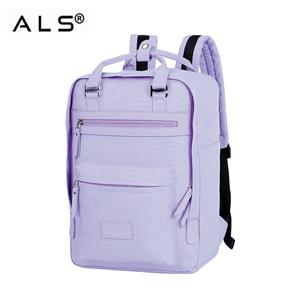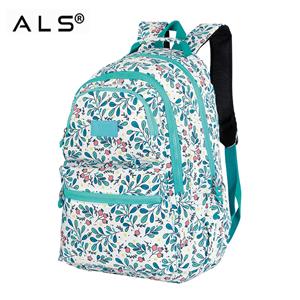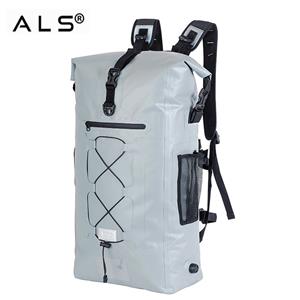What Are Chalk Bags
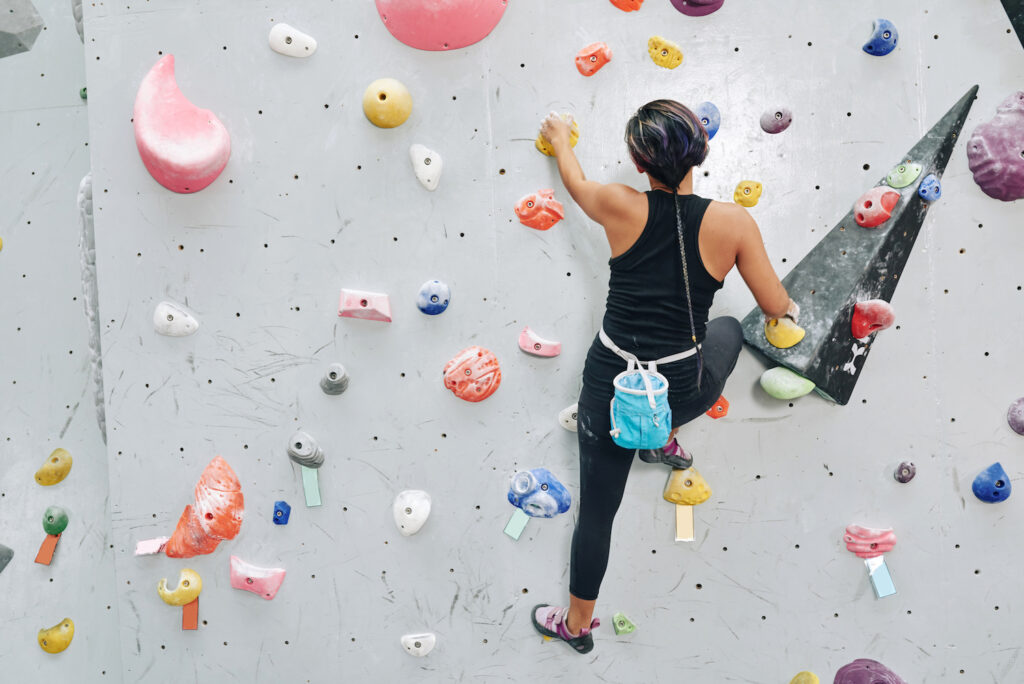
While most retailers usually list chalk bags under the Accessories category, we think it's a disservice to consider this critical piece of gear as a simple climbing accessory. Please don't underestimate the value of finding a good chalk bag, as it provides a considerable advantage during your climb. For example, if you're tackling a complex problem and your hands start to sweat, having an easy-to-reach chalk bag often means the difference between losing a hold or moving onwards and upwards.
Although many indoor gyms require liquid chalk, most climbing communities use dry, powdered chalk, which inevitably produces cough-inducing dust clouds. Enter the chalk bag: a lightweight, streamlined bag, typically cylindrical, with a soft fleece lining, a durable outside (think nylon or similar), and a closure system, such as a drawstring or zipper.
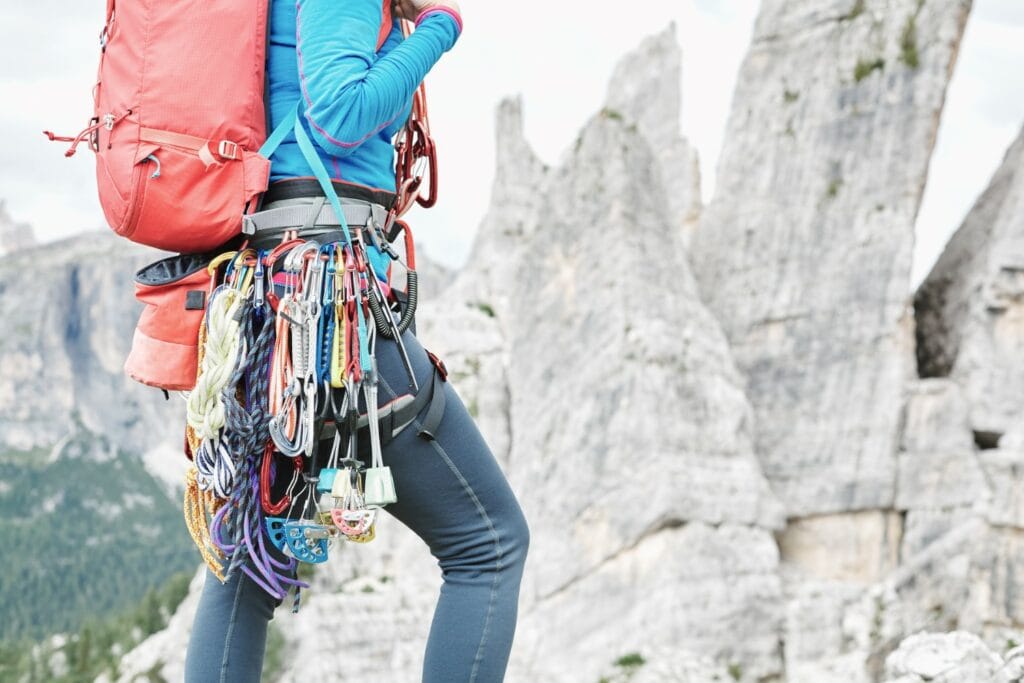
Standard chalk bags also have a belt system for waist-level attachment, providing easy access and keeping the bag secure, even on climbs when you're perpendicular to the ground.
While chalk bags can't eliminate the problem of airborne chalk dust, they do make a big difference. The inner lining helps soak up extra dust, and a secure closure keeps the majority of chalk from escaping.
Simply put, if you're a diehard user of loose chalk, the easiest and fastest way to use it during a climbing session is with a chalk bag. Most chalk bags feature tough, abrasion-resistant material on the outside that can handle the abuse most climbing gear inevitably takes. You'll also find features like a brush holder, an external pocket to hold small items, even a removable waist belt.
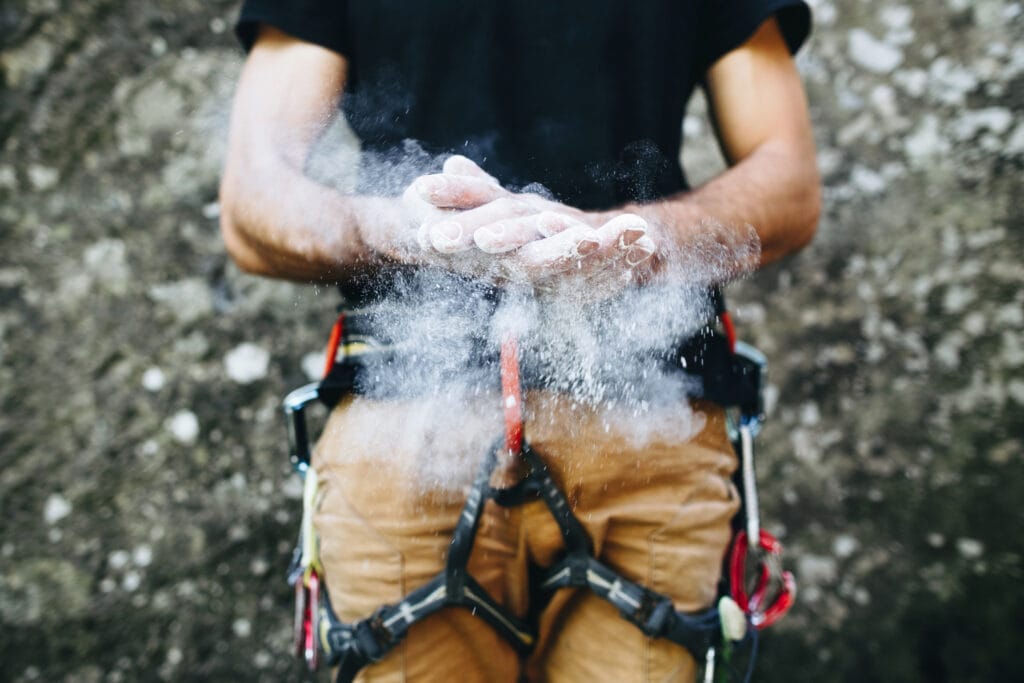
Most avid climbers try a wide variety of products and methods for transporting and using chalk. Liquid chalk only comes in a squeeze tube, but you can use loose chalk with a chalk bag or chalk bucket.
Size, design, and application method are the three main differences. A chalk bag is typically cylindrical, with a rigid opening that holds its shape to allow easy access during a climb as well as a secure closure.
A bucket is the grown-up version of a chalk bag, as it's bigger, longer, wider, and holds more chalk. However, it's something you keep close during your practice but don't actually climb with, unlike a chalk bag.
A chalk sock (aka chalk ball) is complementary to a chalk bag. Indeed, you cannot use it on its own: you have to place the chalk ball inside your chalk bag. The ball has a porous fabric pouch that holds loose chalk and dispenses it on your hand when you pat it. The nature of the fabric prohibits too much powder from escaping, keeping extraneous dust to a minimum. It's perfect to coat your hands evenly with chalk.
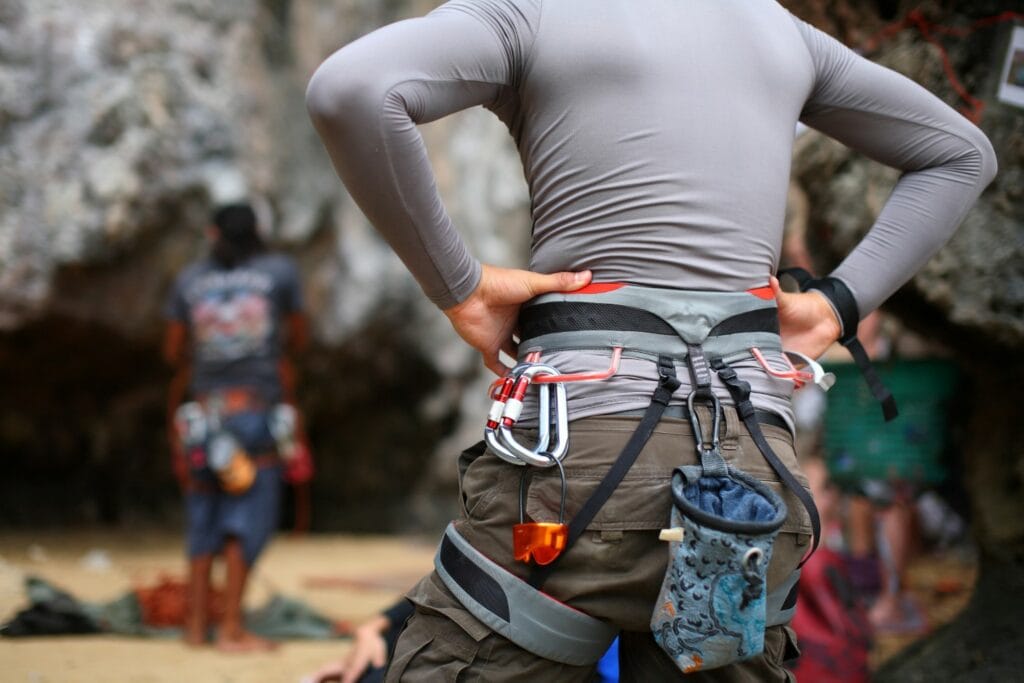
What Criteria Are Important When Shopping for a Climbing Chalk Bag?
Before you invest in a chalk bag, consider these five essential factors. They will help you find the best chalk bag for your needs without spending lots of money trying different products that may not work for you.
Size: What's your size preference? Do you prefer tapered bags or small bags? Maybe you need an extra-deep chalk bucket for a long climb. If you have large hands, you'll want to look for something with a wide-enough mouth to accommodate your bigger digits.
Durability: Rock climbing is a rugged sport, and poor-quality gear doesn't last very long. The best chalk bags for climbing have a durable exterior shell contrasted with a super soft fabric lining on the inside to gather loose chalk dust.
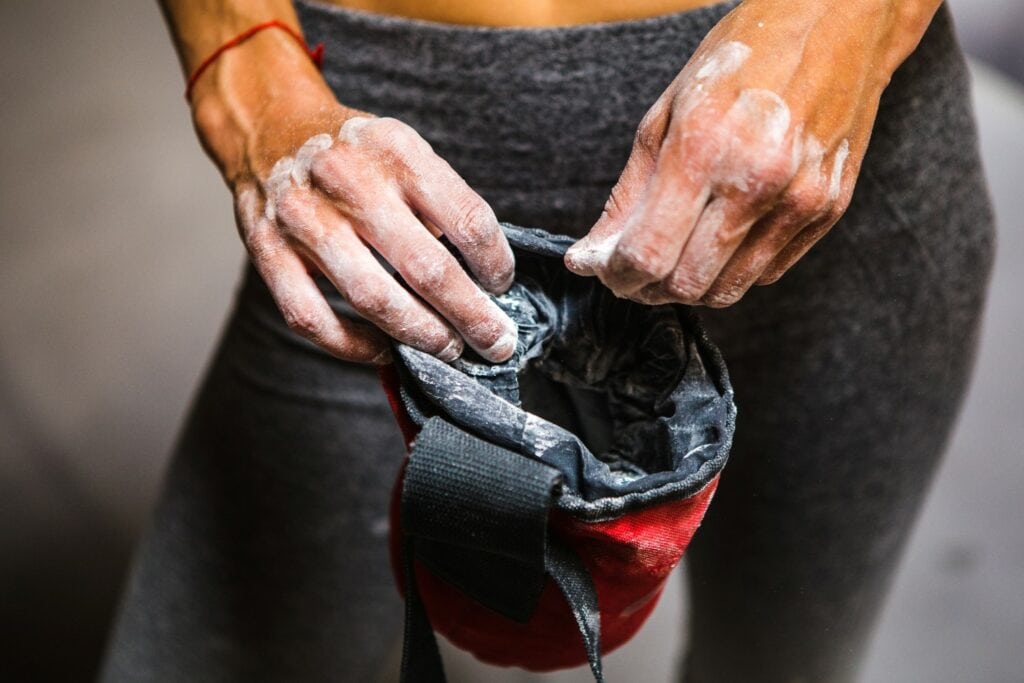
Technical Features: The technical features of each bag are just as important as its size and durability. First, determine how you'll use your chalk bag. For example, if you never leave home without your phone, look for a bag with a zippered pocket. Or, if you have difficulty chalking up during your climb, try tapered bags to guide your hand into the chalk with ease.
Price: Perhaps the most important consideration for any climber is budget. It's your decision how much you're willing to spend on a new bag. The bags we looked at for this review had a range of prices, from very low to high.
Style: Style may be unrelated to performance, but it's still a factor when researching chalk bag brands. If you like a little fun with your climb, consider looking at the offerings from 8Bplus, like the Charlie Chalk Bag. It's the perfect way to keep your chalk close while still exhibiting a sense of humor on your climb.
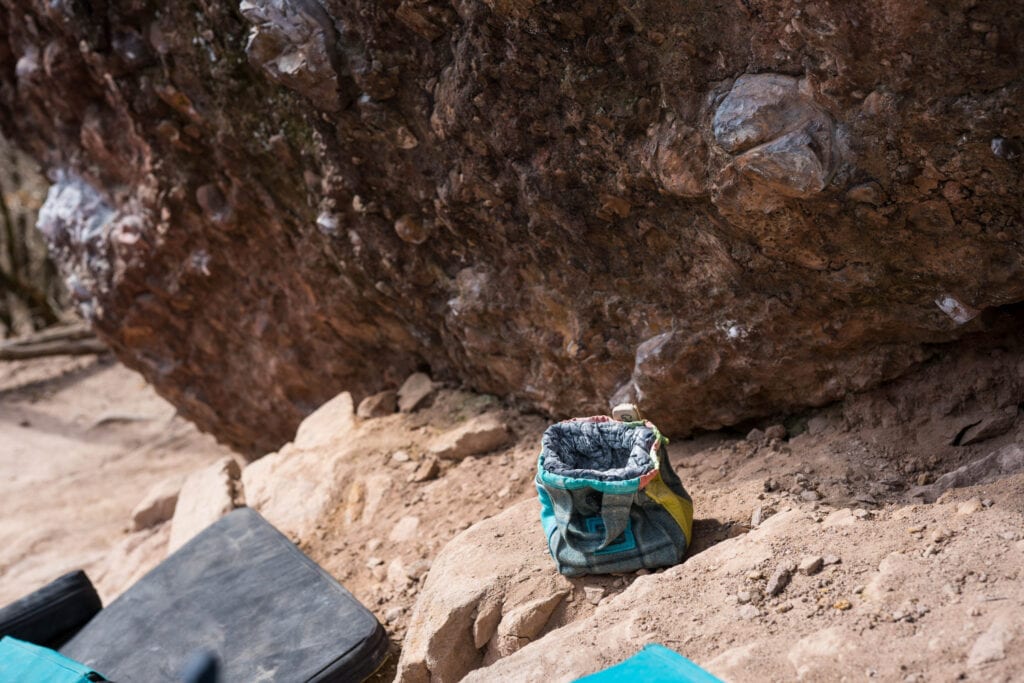
How Do You Use Chalk Bags?
First, find the right chalk bag that fits your body type and particular climbing needs. Whether you prefer a chalk bag, chalk sock, or chalk bucket, the process is essentially the same: Fill up the interior with your favorite chalk. You may wonder: do you put chalk straight into the chalk bag? The answer is yes. That's exactly what the interior lining is for.
Then, simply dip your hands in any time you need to chalk up. Of course, you will need to roll or squeeze chalk socks to dispense chalk rather than dipping your hand in.
The type of chalk you can use varies, depending on your preference. If you prefer block chalk, don't forget to break it up into your preferred consistency first. Some people choose to do this in a plastic Ziploc or inside their chalk bag to minimize dust. Many climbers will apply liquid chalk as a base layer, then add dry chalk dust on top. Another popular method is putting a chalk sock inside a chalk bag to prevent spillage and dust.


